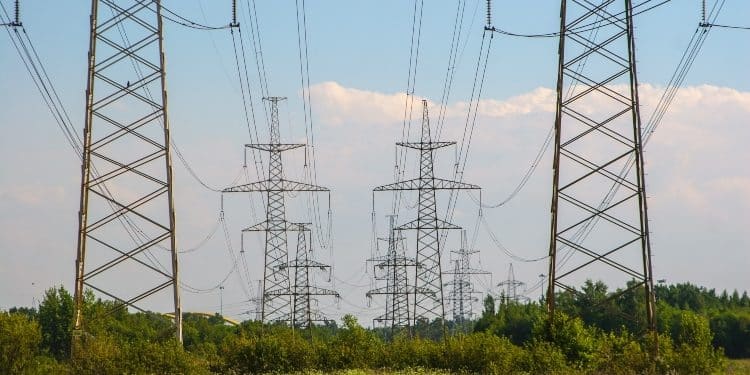Low-voltage electrical systems serve most residences and business buildings. Hundreds of people in various projects operate safely on and around low-voltage electricity daily. Whether small or huge, the project is usually completed without any hassle. However, something goes wrong every now and then — an unanticipated hazard is overlooked, and a worker is the victim of a sudden explosion or a severe shock.
This article describes why energized low-voltage systems are harmful and how they can wear down your electrical equipment. It also explains the classifications of low voltage and some applications of low voltage.
Classification Of Voltages
Voltage is the variation in electric potential between two places. It is also known as electric potential difference, electric tension, or electric pressure. Voltage is what causes electrons to travel through a conducting loop. Lighting, for example, cannot function without voltage. The voltage classification is as follows:
- High Voltage: Transmission from the power plant frequently uses high, extra-high, and ultra-high voltage. At this level, power is delivered to boost efficiency. In addition, a lower current is used in conjunction with high voltage transmission to allow for the use of smaller and lighter wires. Using thinner and lighter cables helps lower the tower and electrical line installation costs.
- Medium Voltage: Large enterprises and factories requiring a significant amount of power use the medium supply voltage. Electrical variation analysis is used in these factories and major enterprises to optimize operations by raising voltage and decreasing amperage. In addition, medium voltage industries and manufacturers require a backup power supply. The majority of enterprises employ generators that produce 13,800 volts of alternating electricity.
- Low Voltage: A low voltage supply has an alternating current voltage of 600 volts or less. It is commonly found in factories that use automation. For ease of use, low voltage is split into supply and control.
Can Low Voltage Damage Your Equipment?
Yes, the risk of damaging your electrical equipment with low voltage is high. To understand this statement, let us look closely at its explanation. Then, to better grasp the reason, you should be aware of the following:
- Ohm’s law states that voltage is directly proportional to current at constant temperature and resistance. In other words, when the voltage falls, so does the wind.
- P = V*I: Power equals voltage multiplied by current. V denotes the rated voltage, and I represents the current drawn by the appliance.
- Many practical loads use various resistor, capacitor, and inductor combinations.
- Each appliance has its own voltage and current (or power) rating. Therefore, when a device provides a low voltage, the machine will operate under different operating conditions (i.e., the current and power will change).
When a low voltage is delivered to an appliance, it draws more current to achieve the rated power (P = V*I). In other words, a greater current will flow through the conductor. Therefore, the reason for damage will be determined by the current carrying capacity of the conductor in the appliance.
When the current drawn by the conductor exceeds its current carrying capacity, it generates extra heat, which can cause the wire to burn, the insulation to fail, and the device to be damaged. The device will not be destroyed if the current traveling through the conductor can carry it. This explanation applies to inductive loads such as motors. Low voltage signifies low power for a resistive load. When a low voltage is used to power an incandescent bulb, it will glow at a reduced wattage (the bulb will not provide the full brightness).
Protect Your Electrical Equipment from Low Voltage
Low voltage can put appliances at risk of wearing down. Older appliances with motors, such as refrigerators and dryers, may be at risk of overheating. Circuits in newer devices that use electric motors detect the temperature of the engines and shut down the appliance if it overheats. Connect with a relevant service provider who can assess your risk for low voltage and help you avoid further damage.
David Prior
David Prior is the editor of Today News, responsible for the overall editorial strategy. He is an NCTJ-qualified journalist with over 20 years’ experience, and is also editor of the award-winning hyperlocal news title Altrincham Today. His LinkedIn profile is here.












































































